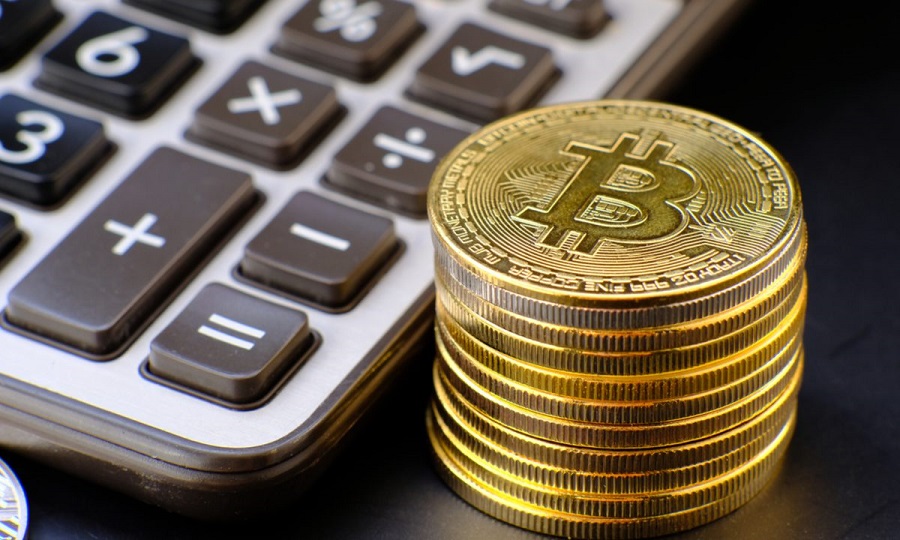
Blockchain Payments: Revolutionizing the Future of Transactions
As the digital frontier expands, blockchain payments emerge at the forefront of financial discussions, hinting at a transformative shift in the way we transact. But is this truly the path to the future of payments?
The Genesis of Blockchain Payments
The concept of blockchain, often synonymous with cryptocurrencies, represents a decentralized ledger of all transactions across a network. This technology promised transparency, security, and swift transactions without the need for intermediaries, laying the groundwork for the birth of blockchain-based payments.
With Bitcoin’s debut in 2009, blockchain was showcased to the world not just as a technology but as a pioneering payment method. Since then, countless cryptocurrencies have emerged, each with its own value proposition in the payment space.
From international money transfers to microtransactions, blockchain payments offered reduced fees and faster transaction speeds compared to traditional banking systems, gradually gaining traction among both individuals and businesses.
Advantages That Set It Apart
Blockchain payments offer a myriad of advantages over their traditional counterparts. The most prominent of these is decentralization. With no central authority governing transactions, users enjoy greater control over their finances and benefit from reduced transaction fees.
Transparency and Security
Each transaction on the blockchain is recorded and is accessible for verification, ensuring transparency. Moreover, with cryptographic encryption, transactions become tamper-proof, providing a level of security unattainable with conventional payment methods.
Challenges to Mainstream Adoption
Despite its benefits, blockchain payments aren’t without challenges. Volatility is a primary concern, with cryptocurrency prices often exhibiting extreme fluctuations. This poses risks for both merchants and consumers who could face significant losses.
Furthermore, regulatory uncertainty plagues the blockchain space. Many nations are still grappling with creating a conducive regulatory environment, which can impede the mass adoption of blockchain payments.
Lastly, the environmental concerns linked with cryptocurrency mining, particularly Bitcoin, have raised questions about the sustainability of blockchain as a long-term payment solution.

What the Future Holds
While blockchain payments face hurdles, continuous innovation in the space hints at a promising future. Second-layer solutions, aiming to tackle scalability issues, and green mining initiatives are already in motion, addressing some of the challenges.
Integration with Traditional Systems
Many believe that for blockchain payments to achieve mainstream acceptance, they must find synergy with existing financial systems. Collaborative ventures between blockchain enterprises and traditional financial institutions are on the rise, signifying a blended future for payments.
Conclusion: A Paradigm Shift in Payments
Blockchain payments, with their revolutionary features, undeniably hint at a future where transactions are faster, cheaper, and more transparent. While challenges persist, the continuous evolution of this space suggests a transformative shift in the payment landscape. Only time will tell how profound this shift will be, but one thing is clear – blockchain is here to stay.
